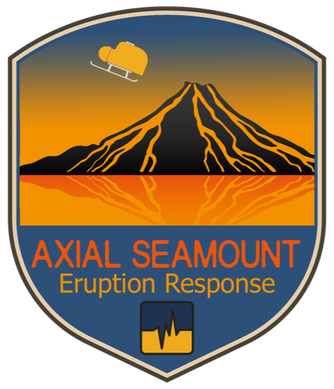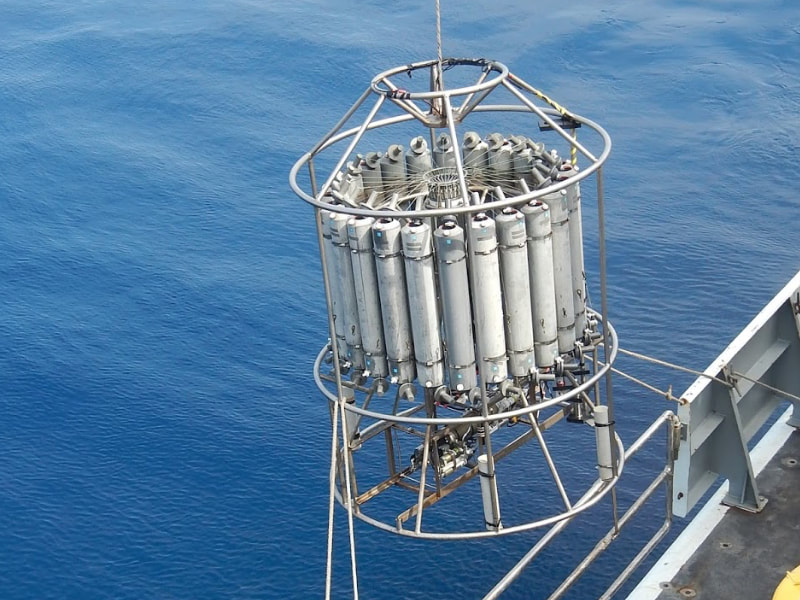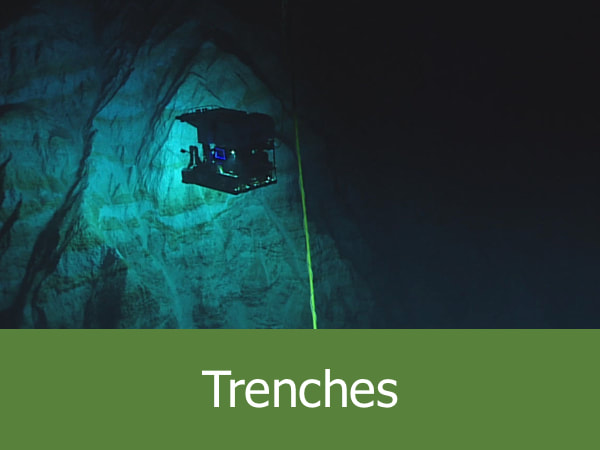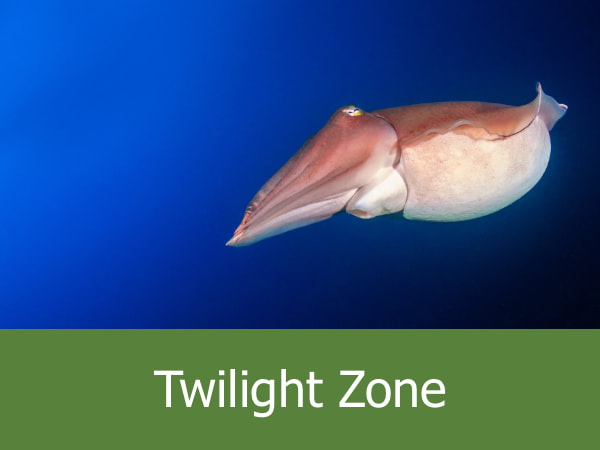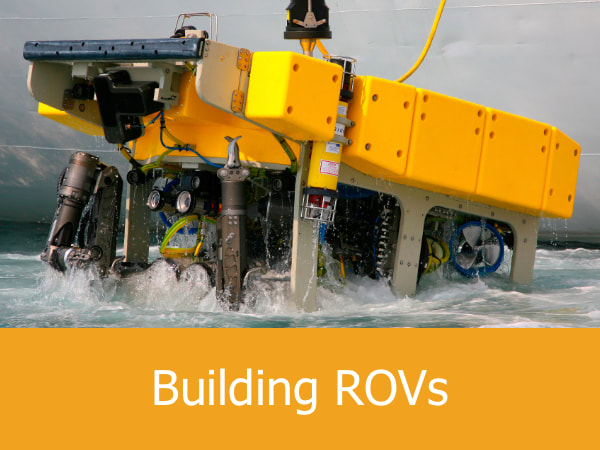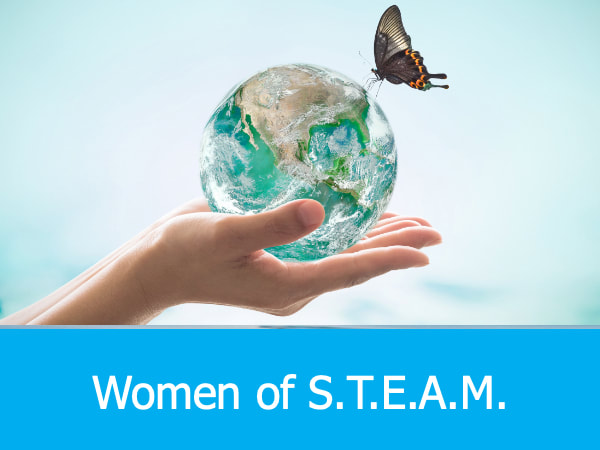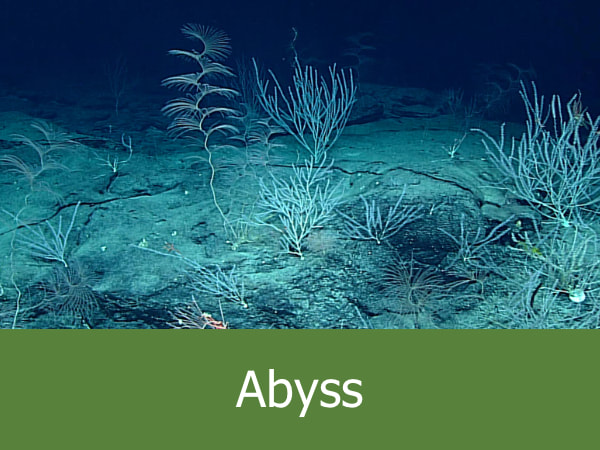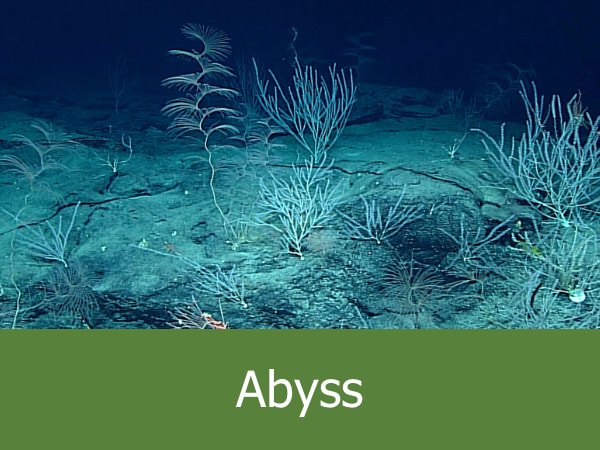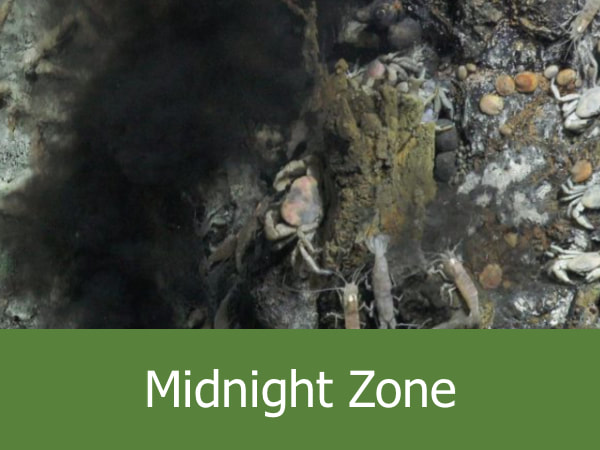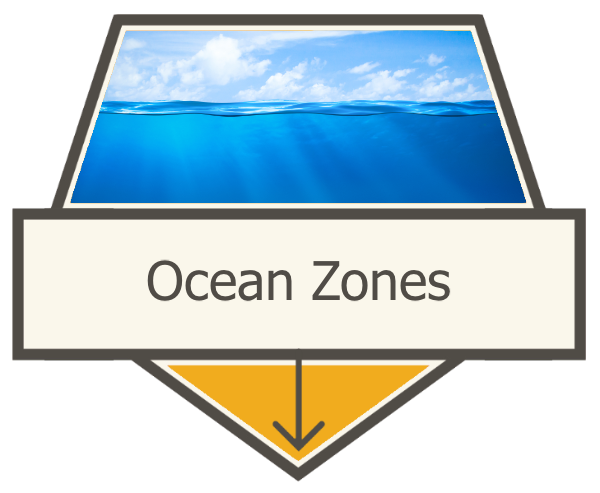Navigate:VIRTUAL EXPLORATIONS > ARCHIVED EXPLORATIONS > AXIAL SEAMOUNT ERUPTION RESPONSE
|
Part 6: CTD Tow-yoGuest Contributor: Rachel Teasdale
Posted August 17, 2015: A CTD is a basic oceanographic tool and serves multiple purposes in studying the physical and biological conditions of ocean water. (See additional information on this from Departure and Looking Ahead.) A collection of instruments are housed on a CTD to measure Conductivity (to calculate water salinity), Temperature, and Depth, in addition to other variables. There is also a series of 24 bottles in which seawater can be collected on command for later chemical analysis. The vertically oriented bottles are arranged in a circle, making a “rosette” of bottles. The CTD rosette is lowered from the ship’s deck usually to just above the seafloor and then raised back up again. The CTD sensors measure continuously as the CTD ascends or descends, providing real-time information about the properties of the ocean. On this cruise, Nathan Buck is using the CTD data to identify regions of hydrothermal plumes (often rich in chemicals and microbial life) that are emitted from vents on the ocean floor. When the sensors indicate the CTD is in a hydrothermal plume, then individual water samples can be collected at various depths in the rosette of bottles on the CTD. |
On August 14th, CTD data and water samples were collected north of Axial Seamount as a reference of “background” conditions outside the influence of the volcano. These data will then be compared with samples closer to the hydrothermal vents, the caldera, and the new lava flows. Vertical CTD casts like that on August 14th collect water samples as the CTD rosette is lowered and raised vertically, without any lateral movement of the ship. Tonight, the CTD will be raised and lowered as it is towed slowly behind the ship, making a zig-zag or yo-yo type pattern. The combination of the towing and yo-yo-ing is referred to as a “tow-yo”.
Tonight’s tow-yo will search for hydrothermal plumes associated with 2015 lava flows of Axial’s North Rift Zone. The CTD will collect samples across a zone 5 mile (8 km) long and 640 foot (200 m) tall, from 5760- 5120 ft. (1800 to 1600 m) depth. In this way, the CTD will define the location and intensity of the plume and will provide information about its chemical composition and what microbes may be present in it. This will tell us what is coming out of the hydrothermal vents on the new lava flows and what impact they are having on the overlying ocean.
Once on board, each water sample is divided among the different research groups, who will study the gases, ions, and microbiology of the plume. For example, some of the water samples will be analyzed by Emily Reddington on this cruise to determine which microbial organisms (microbes) are present in the plumes, which will involve DNA analyses to identify specific organisms. Some samples will be analyzed to characterize the activity of microorganisms (e.g. based on CO2 uptake) and others will be prepared for later analyses of viruses that may be present. Some of this can be completed on the ship, but many samples are preserved and stored for later analysis at laboratories back on shore in the US and Canada. These studies help scientists identify the diversity of organisms that live in the hydrothermal plumes and to recognize the environmental conditions in which those organisms thrive. The CTD work on this cruise will show what changes have occurred in the hydrothermal plumes at Axial as a result of the 2015 eruption.
More information about CTDs is available by clicking here
Tonight’s tow-yo will search for hydrothermal plumes associated with 2015 lava flows of Axial’s North Rift Zone. The CTD will collect samples across a zone 5 mile (8 km) long and 640 foot (200 m) tall, from 5760- 5120 ft. (1800 to 1600 m) depth. In this way, the CTD will define the location and intensity of the plume and will provide information about its chemical composition and what microbes may be present in it. This will tell us what is coming out of the hydrothermal vents on the new lava flows and what impact they are having on the overlying ocean.
Once on board, each water sample is divided among the different research groups, who will study the gases, ions, and microbiology of the plume. For example, some of the water samples will be analyzed by Emily Reddington on this cruise to determine which microbial organisms (microbes) are present in the plumes, which will involve DNA analyses to identify specific organisms. Some samples will be analyzed to characterize the activity of microorganisms (e.g. based on CO2 uptake) and others will be prepared for later analyses of viruses that may be present. Some of this can be completed on the ship, but many samples are preserved and stored for later analysis at laboratories back on shore in the US and Canada. These studies help scientists identify the diversity of organisms that live in the hydrothermal plumes and to recognize the environmental conditions in which those organisms thrive. The CTD work on this cruise will show what changes have occurred in the hydrothermal plumes at Axial as a result of the 2015 eruption.
More information about CTDs is available by clicking here

